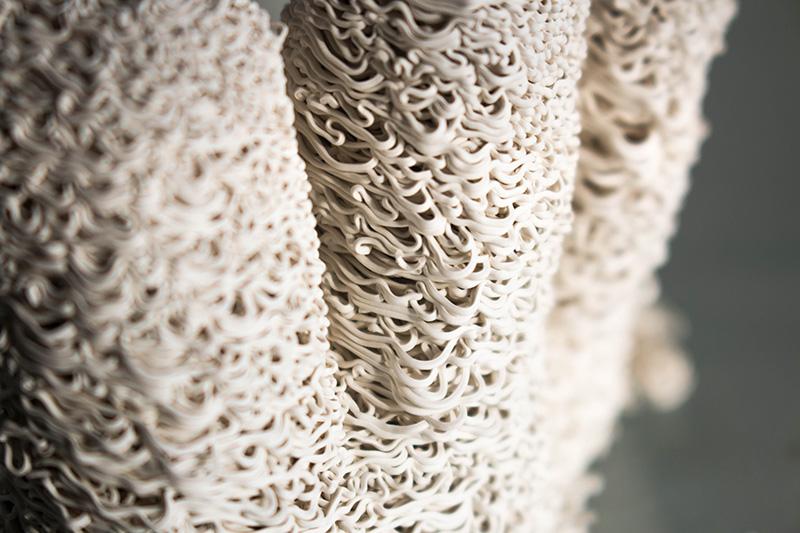
This is the only project that WASP is setting their sites on though. At 3D PrintShow Paris this weekend, they will be on hand showcasing their latest 3D printing technology to the crowds. While not nearly as large as their previous “game changing” machine, this one could provide just as much of an impact on society, if not more.
“After the success of Rome Maker Faire, WASP will be in Paris on 17th and 18th of October, at 3D PrintShow,” WASP tells 3DPrint.com. “As they printed a house prototype in Rome, this time Massimo Moretti’s group will open new fronteers in [the] 3D printing world too.”
The latest printer doesn’t stray away from the use of clays, however. WASP has a strong liking toward the natural substances that mostly come from the earth, over that of man made plastics extruded from traditional 3D printers. WASP hopes that their focus on the 3D printing of clay will help “revolutionize the 3D printing world”. They believe that clays can be used in the medical field as well as the construction field.
WASP will be showcasing a 3D printer that is capable or printing implantable ceramics, such as hydroxylapatite, bioglass, and aluminum oxide, in order to reproduce the internal porosity of human bones. “WASP has already realized some projects in this direction and they keep on investing [in] clay 3D printing as a tool for scientific research and production in several fields,” said a company spokesperson.
The groups latest 3D printer is capable of printing clay using a 0.35mm nozzle, with the same degree of precision and control as that of FDM based plastic extruding 3D printers on the market today.
“We want to move [the] 3D printing world from [representation] of objects to realization of them, [and] we’d like to improve people[‘s] [lives], create new jobs, [and] support scientifical research,” explained Massimo Moretti, the leader of WASP.
It should be interesting to see if this can have an impact within the medical field, and to hear some feedback from some medical experts on how much potential this could have.
Let us know what you think. Discuss in the 3D printed clay bones forum thread on 3DPB.com.